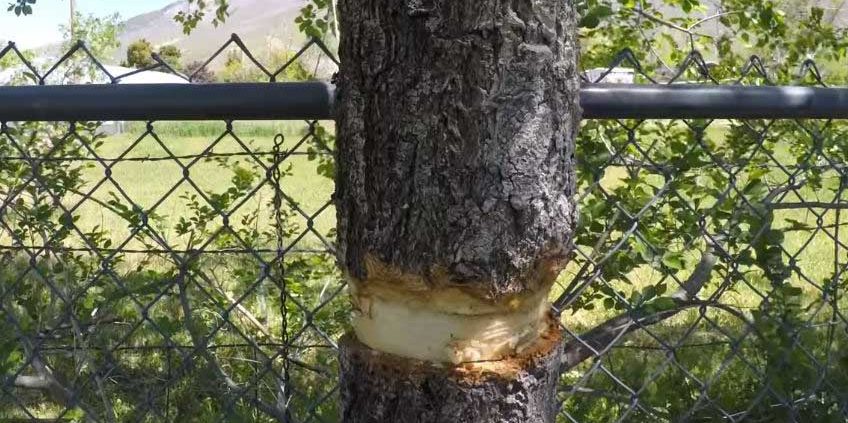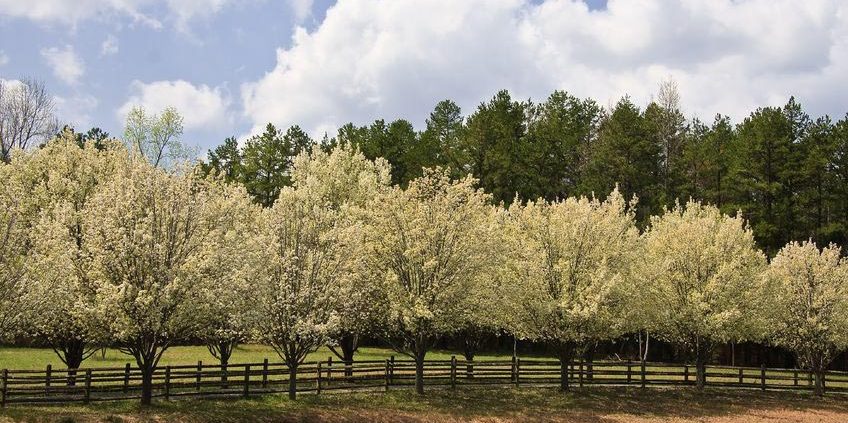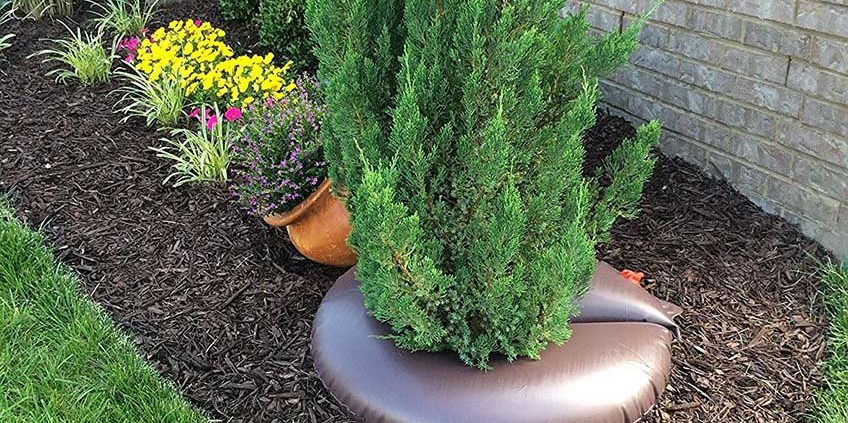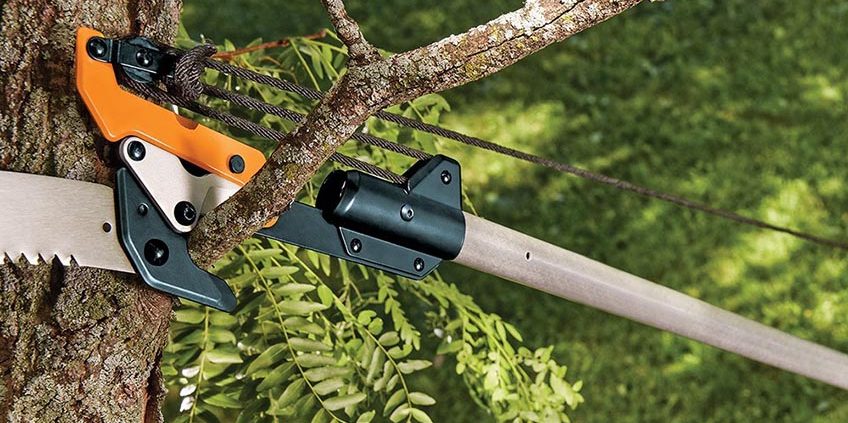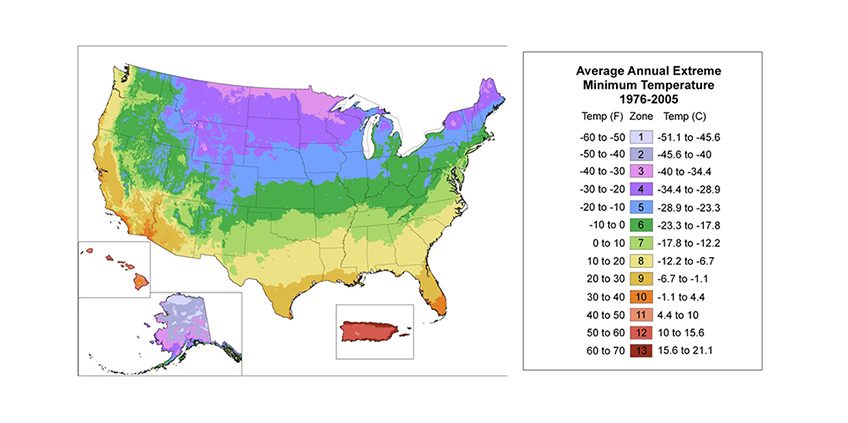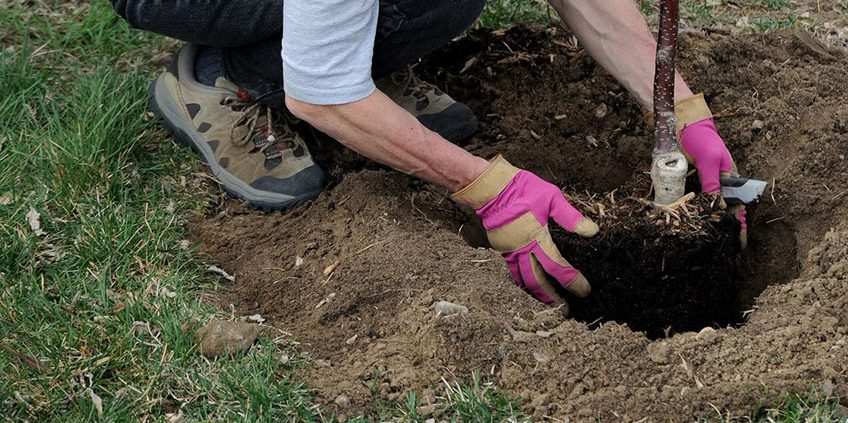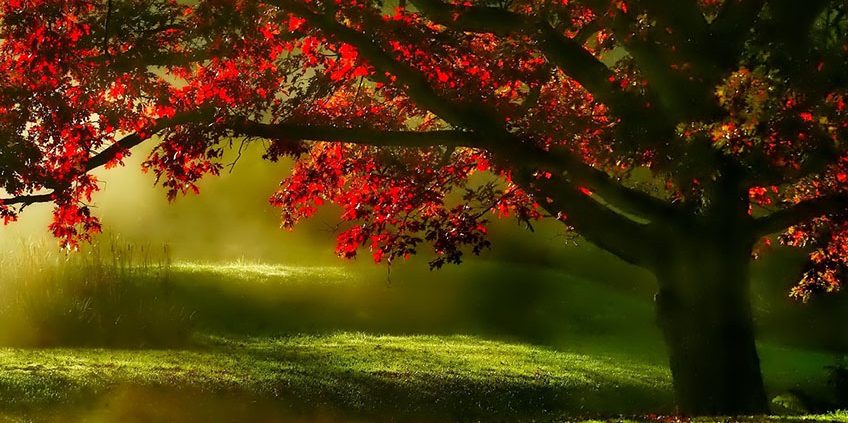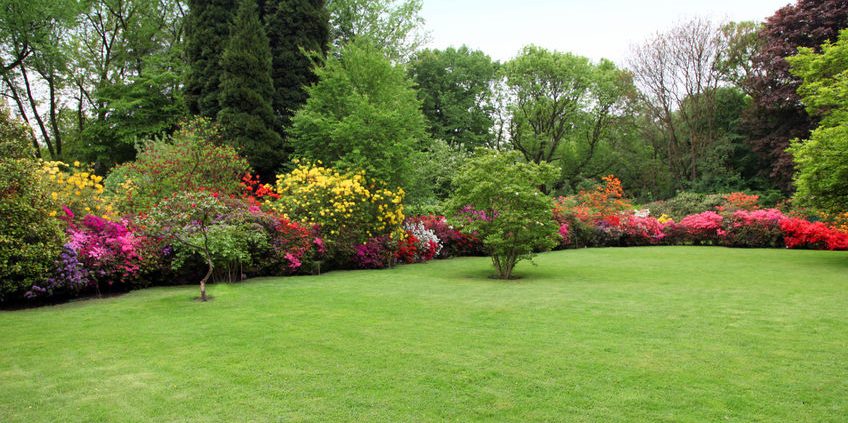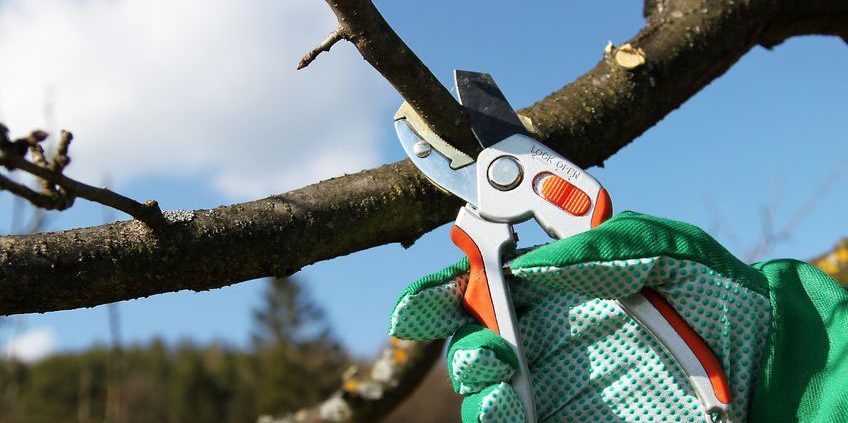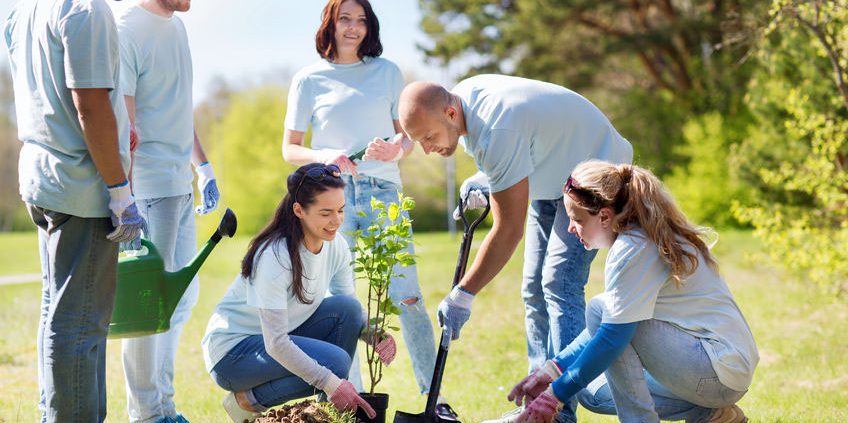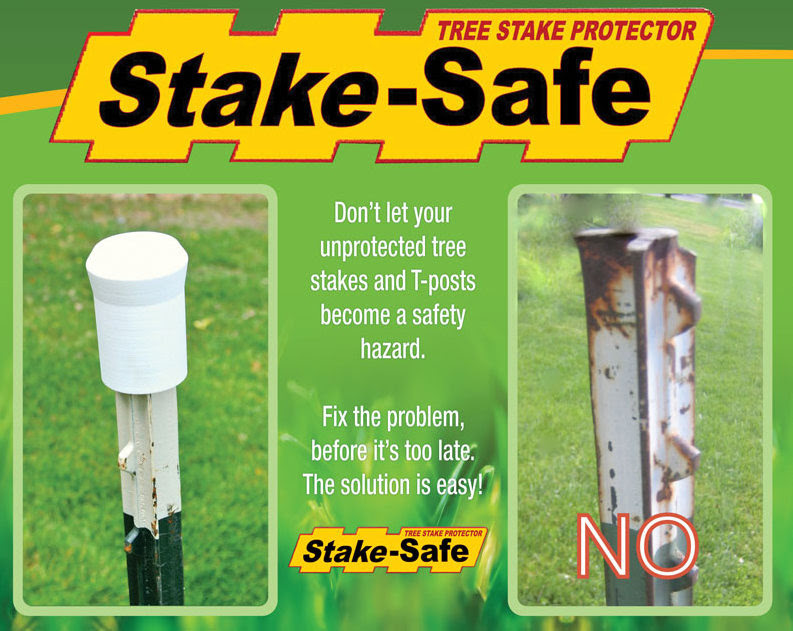Posts
https://stakesafe.com/wp-content/uploads/2017/12/Killing-Unwanted-Trees-Chemicals-2FL.jpg
565
848
EricT
http://www.stakesafe.com/wp-content/uploads/2017/03/Logo-560x156.png
EricT2017-12-31 15:37:082017-12-31 15:37:08Killing Unwanted Trees | 5 Easy Ways to Kill Nuisance Trees
https://stakesafe.com/wp-content/uploads/2017/12/Avoid-Planting-Fast-Growing-Trees-Bradford-Pear-FL.jpg
565
848
EricT
http://www.stakesafe.com/wp-content/uploads/2017/03/Logo-560x156.png
EricT2017-12-03 17:02:302017-12-03 17:02:30Avoid Planting Fast Growing Trees When Possible | Or Should You?
https://stakesafe.com/wp-content/uploads/2017/10/Tree-Watering-Ring-1FL.jpg
565
848
EricT
http://www.stakesafe.com/wp-content/uploads/2017/03/Logo-560x156.png
EricT2017-10-22 16:15:172017-10-22 16:15:17Tree Watering Ring | Slow Release Watering Bags for Newly Planted Trees
https://stakesafe.com/wp-content/uploads/2017/10/Pruning-Upper-Branches-Extendable-Pole-Saw-FL.jpg
565
848
EricT
http://www.stakesafe.com/wp-content/uploads/2017/03/Logo-560x156.png
EricT2017-10-01 10:44:232017-10-01 10:44:23Pruning Upper Branches | How to Safely Prune Upper Tree Limbs
https://stakesafe.com/wp-content/uploads/2017/08/Tree-Hardiness-Zones-FL3.jpg
565
848
EricT
http://www.stakesafe.com/wp-content/uploads/2017/03/Logo-560x156.png
EricT2017-08-20 13:16:392017-08-20 13:16:39Tree Planting Zones in the USA | List of Popular Species for Each Zone
https://stakesafe.com/wp-content/uploads/2017/05/Planting-Depth-FL.jpg
565
848
EricT
http://www.stakesafe.com/wp-content/uploads/2017/03/Logo-560x156.png
EricT2017-05-17 21:12:292017-05-17 21:12:29Tree Planting Depth for New Trees | Proper Hole Depth & Width
https://stakesafe.com/wp-content/uploads/2017/05/Landscape-Shade-Trees-FL.jpg
565
848
EricT
http://www.stakesafe.com/wp-content/uploads/2017/03/Logo-560x156.png
EricT2017-05-13 14:11:442017-09-16 15:36:19Best Shade Trees | Choosing the Best Shade Trees for Your Yard
https://stakesafe.com/wp-content/uploads/2017/05/Planting-Flowering-Trees-FL.jpg
565
848
EricT
http://www.stakesafe.com/wp-content/uploads/2017/03/Logo-560x156.png
EricT2017-05-06 13:46:022017-05-17 21:27:56Planting Flowering Trees Will Add Color to Your Yard
https://stakesafe.com/wp-content/uploads/2017/04/Sealing-Tree-Limbs-FL.jpg
565
848
EricT
http://www.stakesafe.com/wp-content/uploads/2017/03/Logo-560x156.png
EricT2017-04-23 12:02:082017-10-07 14:44:01Sealing Tree Limbs After Cutting or Pruning Your Trees in the Fall
https://stakesafe.com/wp-content/uploads/2017/04/Planting-Young-Trees-FL.jpg
565
848
EricT
http://www.stakesafe.com/wp-content/uploads/2017/03/Logo-560x156.png
EricT2017-04-15 11:34:022017-05-17 21:26:57Planting Young Trees | When is the Best Time
Scroll to top

